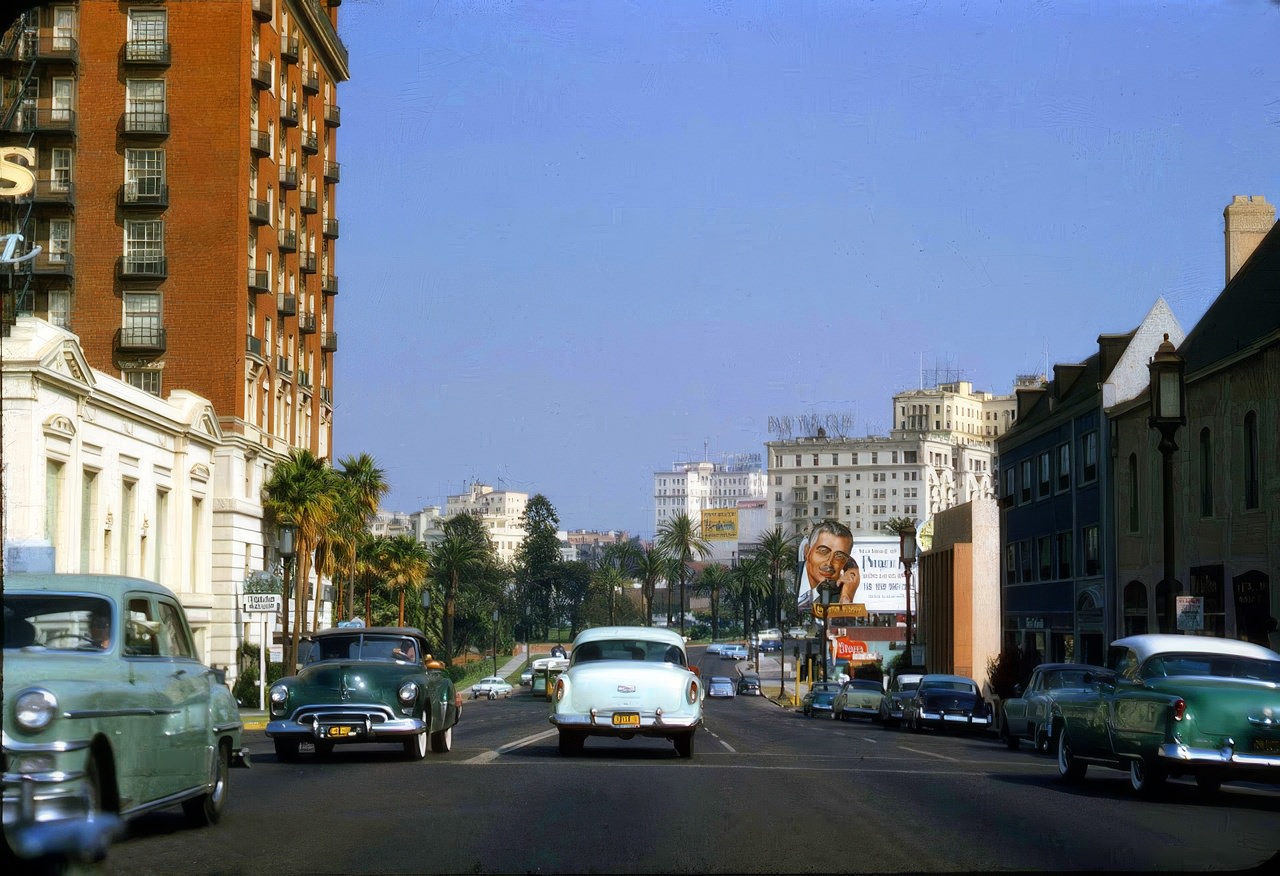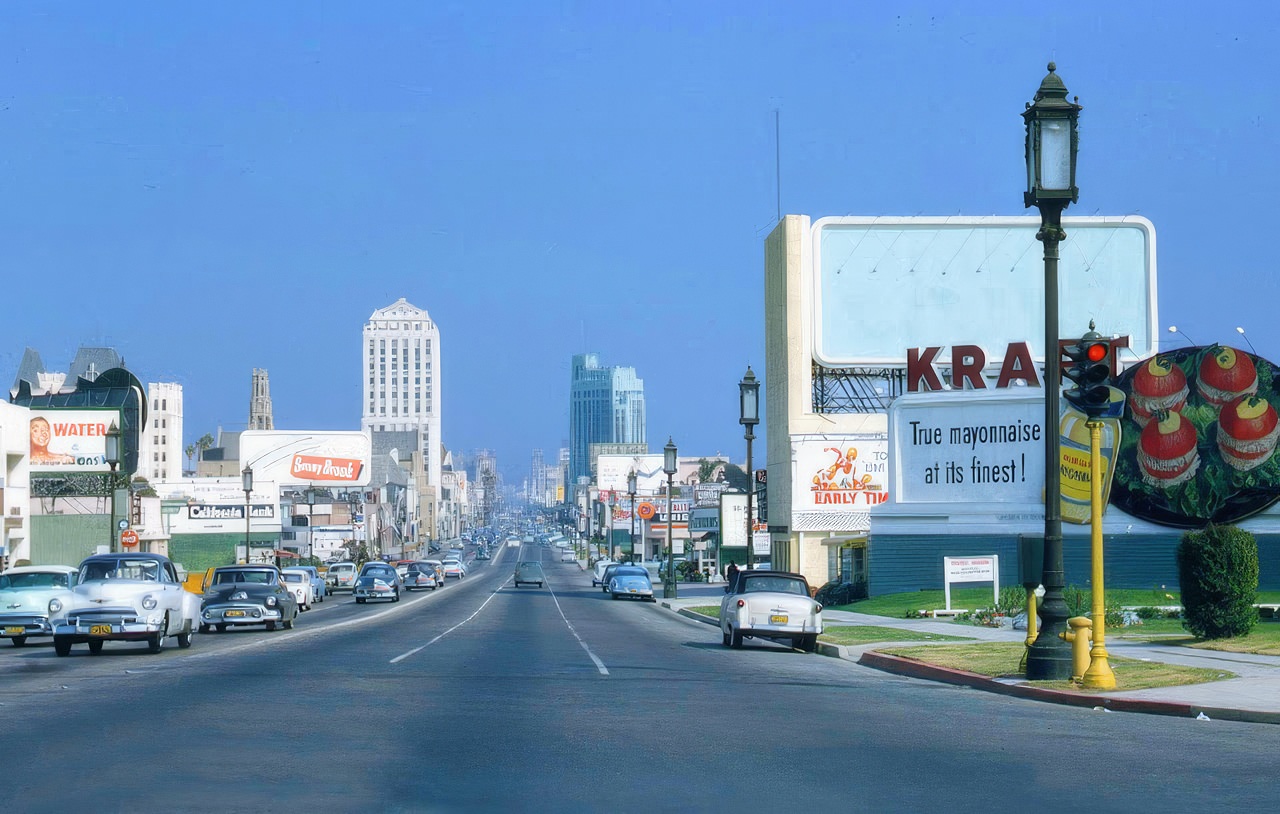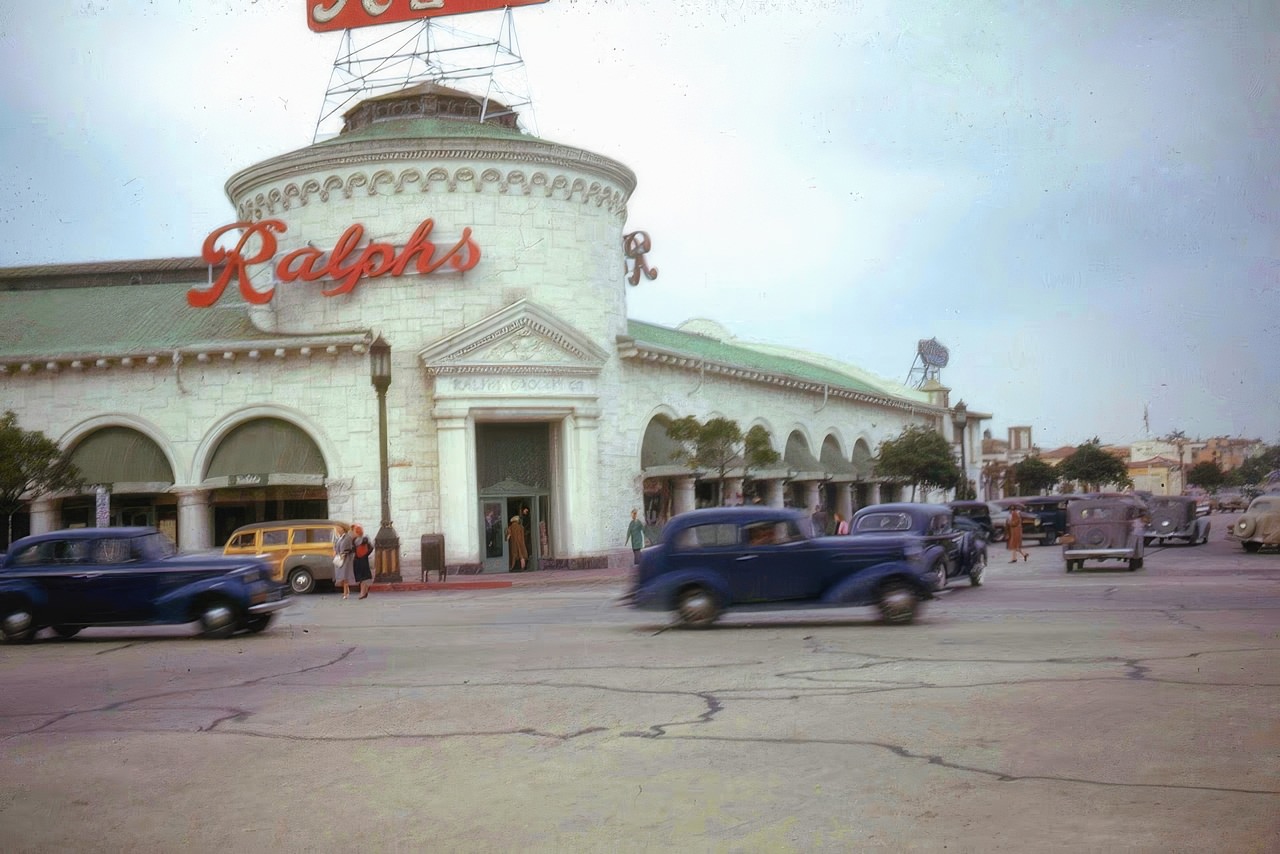Get ready to hop in a time machine as we journey back to the golden age of Los Angeles, a period spanning from the 1940s to the 1970s. This era was a cocktail of glamour, innovation, and cultural shifts, transforming the city into a vibrant metropolis.
1940s
The 1940s was a time of contrasts in Los Angeles. The city hummed with the war effort, its factories churning out planes and munitions. Yet, Hollywood remained a beacon of escapism, with movie stars gracing the silver screen and glamorous nightclubs buzzing with activity. Imagine strolling down Hollywood Boulevard, neon signs flashing and music spilling out of jazz clubs. This was a time when the city’s identity as an entertainment capital was cemented..
Read More
1950s
The 1950s brought a wave of optimism and prosperity to Los Angeles. The city sprawled outward, with new suburbs springing up and freeways crisscrossing the landscape. Car culture reigned supreme, with drive-in theaters, roadside diners, and iconic car dealerships becoming part of the city’s fabric. Think of cruising down Sunset Boulevard in a classic convertible, the warm California sun on your face and the radio blaring the latest rock ‘n’ roll hits.
1960s
The 1960s brought a whirlwind of social change to Los Angeles. The counterculture movement found a home in the city, with young people challenging traditional norms and embracing new ideas. The Sunset Strip became a hotbed of music and fashion, with legendary bands like The Doors and The Byrds performing in iconic venues like the Whisky a Go Go. Picture yourself amidst the crowds at a peace rally, or browsing through vintage clothing stores on Melrose Avenue.
1970s
The 1970s in Los Angeles was a time of laid-back vibes and cultural experimentation. Skateboarding culture emerged, with empty swimming pools becoming makeshift skate parks. Disco music filled the airwaves, and nightclubs like Studio 54 became synonymous with glamour and excess. Imagine roller skating down the Venice Beach boardwalk, the sun setting over the Pacific Ocean, or dancing the night away at a glitzy discotheque.
Throughout these decades, Los Angeles’ unique architectural landscape evolved. From the sleek lines of mid-century modern homes to the futuristic Googie-style coffee shops, the city’s buildings reflected the spirit of each era. Imagine driving past iconic landmarks like the Capitol Records Building or the Theme Building at LAX, their distinctive designs capturing the optimism and ambition of the time.


























